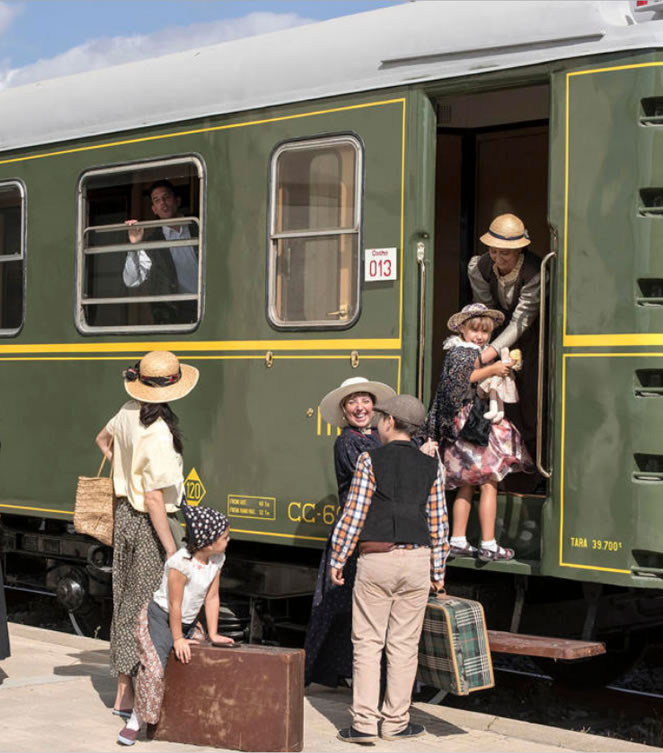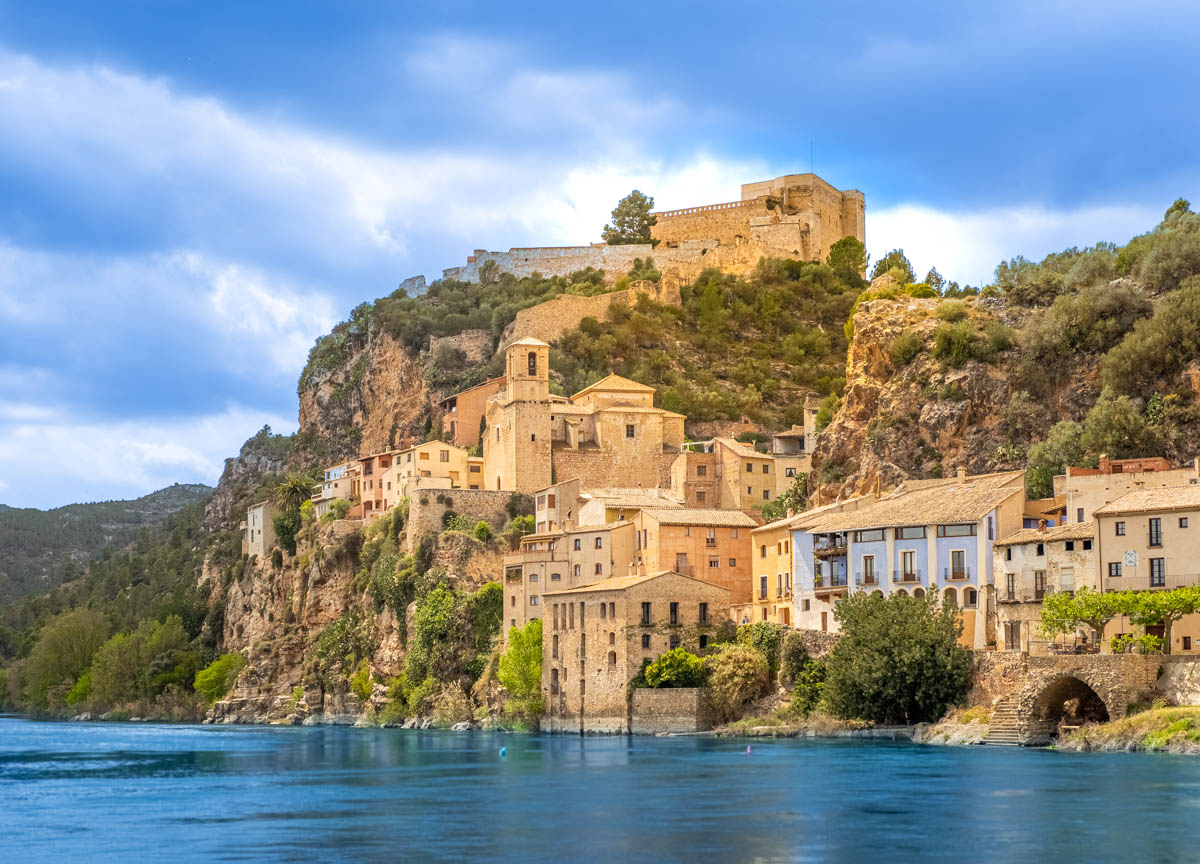- receptive@viatgesnemon.com
- +34 621 14 97 76
- @nemonexperience

from 0 review
from 0 review
1 día
Up to 3 days
Unlimited
Català, English, Español, Français
Enjoy a unique experience discovering the history, heritage, and gastronomy of the Ribera d’Ebre region.

Móra la Nova was historically a very important station because when this section of the Directes line was put into service, at the end of the 19th century, its main mission was to connect Barcelona with Madrid, two very distant cities. Given the length of the route, a station was needed every 175-200 km where locomotives were switched. Móra la Nova was this station between Barcelona and Zaragoza. The Railway Museum in Móra la Nova is designed to introduce the old railway facilities of the station, the Directes line, as well as railway culture in a broad sense. Visit the interlocking tower and the depot that houses the collection, where several locomotives, wagons and passenger cars, among other railway equipment, from the 19th and 20th centuries, are preserved. In addition, enjoy an experience on board a train headed by one of our locomotives!

Enjoy a seasonal meal in a cozy space aboard the Railway Museum's dining car. A unique experience that combines gastronomy, history and railway heritage.

Built on an Iberian settlement and on the old Muslim fortress, the complex from the 12th and 13th centuries is considered one of the best examples of transitional Romanesque architecture, religious and military, of the Order of the Temple, in the entire West. It was the provincial headquarters of the Templars in the Crown of Aragon and between 1307-1308 it suffered a long siege at the hands of James II. The Order of the Temple was eliminated and the castle passed into the hands of the Hospitallers, lords of the castle until the confiscation of Mendizábal in 1835. The castle is in a good state of conservation, despite the numerous wars that have occurred, the Reapers' War, the War of Succession, the French War, the Carlist Wars and the Battle of the Ebro; in addition to attempts at demolition. But the Miravet Castle has overcome these conflicts and today we can still see it in its majesty, being one of the most visited monuments in the Terres de l'Ebre.